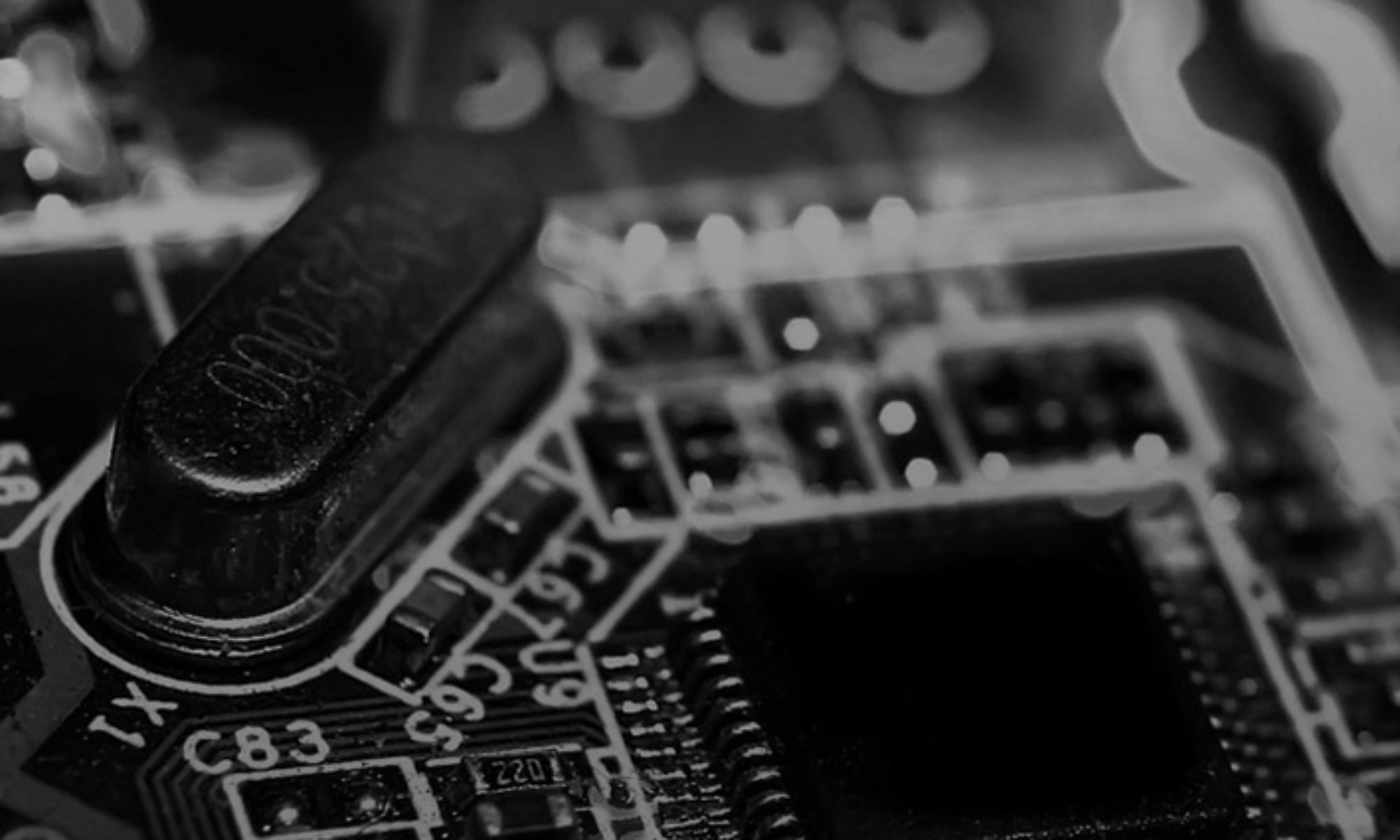The ratification process of the UPCA and the entry into force of the UPC have to a certain extent eclipsed the issue of alignment of national laws on the UPCA. Some countries, such as the Netherlands, have already declared that they will fully align by adopting the UPCA as their new national patent law. Others who have already ratified the UPCA, such as Denmark do not plan to change their national law at all.
Arguably, alignment of all national laws on the UPCA would allow for a more efficient use of the system by guaranteeing fairness and predictability. Alignment would in fact stop any “system shopping” whereby users could choose to opt-out from the UPC in order to benefit from the differences in the scope of protection under national patent law. On the other hand it can be argued that aligning all national legislations on the UPCA would go considerably beyond the initial project of the Unified Patent Court and the Unitary Patent. The debate as to the necessity or suitability of alignment will therefore remain open for the next few years until the effects of non alignment become obvious.
The position of the United Kingdom reversely, reflects a middle ground position, with a partial adoption of the UPCA within national legislation. The publication last week of the fourth report of the Secondary Legislation Scrutiny Committee along with “The Patents (European Patent with Unitary Effect and Unified Patent Court) Order 2016” and an address to the House of Lords detailing the position of the Committee on two specific points, gives us a clear idea of the way the UK intends to partially align its national legislation with the UPCA. In January 2016, the Government had already published its response to the public consultation on the secondary legislation implementing the Unitary patent and the UPCA, which indicated that the UK Government strongly supported alignment with the UPCA.
The Explanatory Memorandum prepared by the Intellectual Property Office and the Department for Business, Innovation and Skills clearly explains the extent of the alignment now considered:
“Before the UK can ratify, the Government needs to ensure that its obligations under the UPC Agreement are met in national law. It is also necessary to ensure national law is in compliance with the provisions of the Unitary Patent and Translation Regulations. In particular, this means that the new Unitary Patent should be reflected in the Patents Act as a patent valid in the UK, and that the Unified Patent Court must be given the proper degree of jurisdiction over the appropriate patents. These goals can only be achieved through legislation.”
The IPO however considers that the rights given to owners of Unitary Patents and European Patents to prevent the use of their invention and the exceptions to those rights “are the same as currently provided under UK law, so require only minimal changes to be made“, except in two areas that were highlighted by the government in its public consultation that took place in 2015 and were the object of given specific attention by the Secondary Legislation Committee and Department of Business Innovation and Skills:
- The first exception relates to the ability of plant breeders to use patented biological material to create a new plant variety without infringing a patent for that material. This exception already exists in the patent law of Germany, France and the Netherlands, which are the major countries for plant breeding in Europe. The Department for BIS therefore notes that “the industry in which this exception will operate is therefore familiar with how it works, and the effect it will have on their research and development. Indeed, the industry has urged its introduction and emphasised its importance in allowing UK companies to remain competitive in the field“. The introduction of this change therefore intends to put the UK industry on a level footing with major competitors in other parts of Europe, and will apply to all patents valid in the UK.
- The second exception allows someone to use a lawfully-acquired computer program for certain purposes without the permission of the patent owner, and without that use being an infringement of any patent covering that program. This is a narrow exception, intended to assist in the development of independently created programs so they can work correctly with other programs, and which will not be applied to GB national patents, but only to European Patents (UK) and Unitary Patents. This software exception does not currently exist in the patent law of any of the participating Member States, the Department for Business Innovation and Skills therefore considers that “as such, its scope and effect have not been tested in litigation, so the extent of use it may permit is not known. In addition, the exception is unusual because it uses an EU Directive on copyright to define its effect, and it is not clear how that will interact with patent law“. The IT and telecoms sectors having expressed strong concerns and with great uncertainty as to how many patents could be affected, a cautious approach is recommended for this exception.
It is now to the UK Parliament to vote the Patent (European Patent with Unitary Effect and Unified Patent Court) Order 2016 which will ensure the partial alignment of the UK patent legislation on the provisions set in the UPCA, before it ratifies the latter. The UK’s partial alignment is not of course a position common to all contracting member states but it illustrates the careful balance that contracting member states will need to achieve in order for national laws and the UPCA to create a coherent and fruitful environment for patents.

